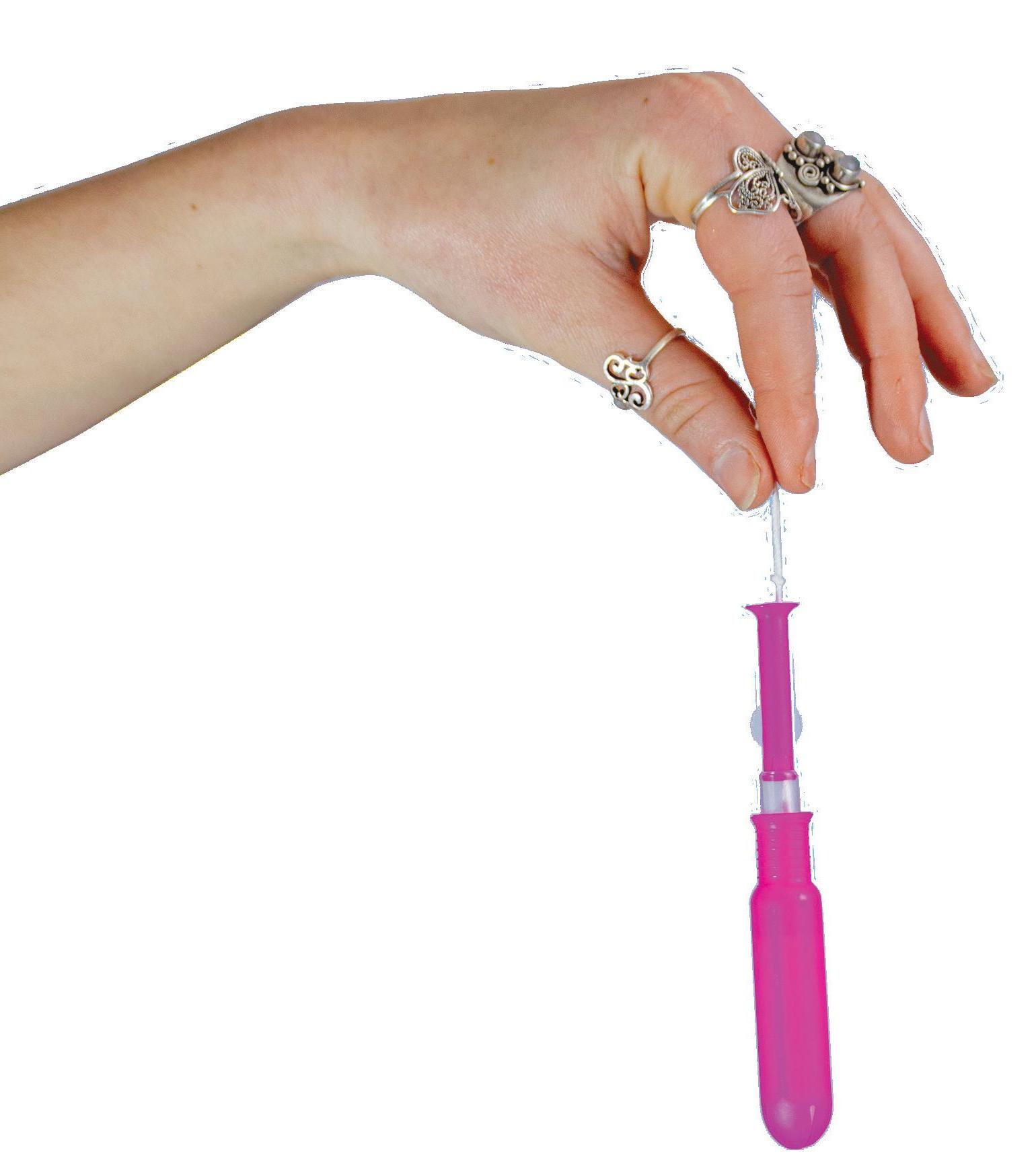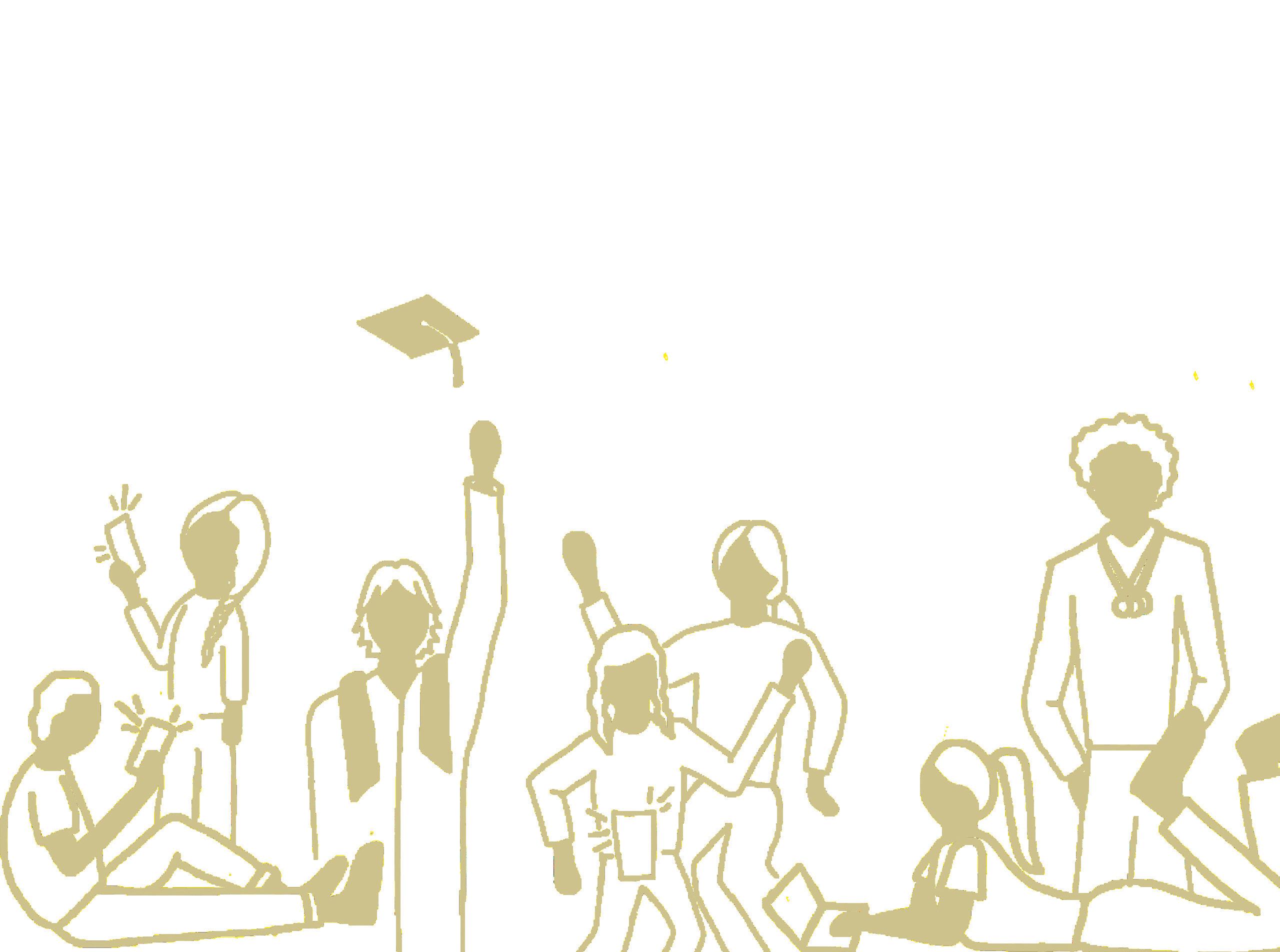
9 minute read
Art in Second Chances
Alternative fashion enthusiast Mitra Gruwell designs trendy clothes with the environment as her first priority, doing what most major fashion brands refuse to do.
Written by Lauryn Pan, Photos by Elle Wayt
Advertisement
Surrounded by barrels of fabric and shelves of sewing materials, Mitra Gruwell works through a seemingly endless pile of flannels on her workbench. The click-clacking of her platform Doc Martens echoes through her studio as she floats about, piecing together her next seasonal collection release.
To the untrained eye, these flannels have filled their purpose and are ready to be thrown away. Gruwell, however, hopes to give them new life.
In a time when the issue of textile wastage has been plaguing the fashion industry, Gruwell, 44, a designer and ethical fashion advocate, is committed to being part of the solution. For years, Gruwell has run multiple brands focused on using discarded clothes, extending their lifecycle and helping make the fashion industry more circular by using existing resources. Her brands mix repurposing and fashion, and the result is clothes that are unique, affordable, and eco-friendly.
She takes on the wasteful world of clothes by embracing the art of upcycling—a movement that involves creating something new and of better value from existing materials. It’s different from recycling, she says.
“Recycling means breaking something down and making it into something new, but upcycling is focused on adding value to the item through transformation, using innovation and creativity to make it into something better,” Gruwell says. “It’s like reincarnation; it gets a second chance.”
Based in Eugene, Oregon, Gruwell is currently the lead designer and manager of the ENVIA upcycled fashion brand—a project of St. Vincent de Paul Society of Lane County. The thrift store nonprofit—commonly called St. Vinny’s—reached out to Gruwell in 2013 to do something new with its unsellable clothing donations. With mountains of fabric and used textiles at her fingertips, Gruwell put her artistic talents to work. Her innovative designs, such as using recycled leather from old cowboy boots to make coin purses or sewing fabric scraps into cloth statement earrings, have been featured nationwide.
“I have always been an extremely alternative fashion person, so I don’t believe in a classic style,” Gruwell says. “I think there needs to be new and fresh stuff, but it can be made from stuff that already exists.”

While perhaps a bit intimidating to others, Gruwell’s cluttered workspace is a staple of her creative process in deconstructing and transforming old pieces, she says.

St. Vincent de Paul of Lane County established a partnership with Gruwell to provide all the necessary materials for her to revitalize the organization’s donated textiles.
According to a 2020 study by the United Nations Regional Forum on Sustainable Development, the fashion industry produces 10% of all of humanity’s carbon emissions and is the second-largest consumer of all the world’s water supply. Of all the plastic in the ocean, 31% is made of microplastics that break off from textiles when they are washed. On top of that 85% of textiles go into landfills each year. These statistics are the result of the rapid mass production of fast fashion brands.
“ENVIA represents a change that society needs to make for the sake of the environment,” Gruwell says. “We need alternatives to fast fashion. We need to make upcycling affordable and successful. This is what drove me to put my time and effort into ENVIA, not merely what I could do but how I can make the most out of this opportunity to have an impact on the environment.”
While her position with St. Vinny’s was placed on hold amid the COVID-19 crisis, Gruwell recently launched a new initiative called Discard Upcycling that offers upcycling services to both business and individuals. Through Discard, Gruwell hopes to show consumers and businesses the potential of their unusable materials to be redesigned into “new desirable products.”
Before getting to a circular economy— an economic system aimed at eliminating waste and the continual use of resources—Gruwell sees the importance of prioritizing putting a few “loop-de-loops in our economy,” she says. “Basically, take the things we already have and give them a couple of extra lifetimes.”
So that’s what she does, often using a customized styling technique she calls concept design where she takes clothes that are the same type of item and alters them. For example, she might turn vintage band t-shirts into crop tops or ombre bleach a bunch of button-down shirts to make the items look like a more cohesive collection.
Her commitment to eco-friendly choices is displayed throughout her life.
“I adhere as much as I can to the old ‘reduce, reuse, recycle’ phrase,” she says.
In addition to being an avid thrift shopper and making her own clothing and jewelry, Gruwell carries chopsticks in her purse to avoid using plastic cutlery and uses her own cups when eating out. She uses shower caps instead of plastic wrap on leftovers, saves all plastic containers and recycles cans and bottles.
“I don’t shame or preach to people about their habits,” she says. “I try to live by example and push myself to make changes one at a time that have a big impact on the environment. If people care about the environment, it’s a realistic strategy to start working on your personal habits, eliminating and replacing little things as people are able and can afford to do. It’s attainable to take baby-steps in our lives to adapt a new green habit every month or year or whatever sticks.”
Originally from Boulder, Colorado, Gruwell was taught at a young age by her parents to create and repurpose clothing from local thrift stores, as they often could not afford to repeatedly buy new clothing. For years, she followed in the footsteps of her father who sells repurposed goods at local flea markets.
In 1999, Gruwell first put the skills she’d learned to the test when she started planning her own Renaissance-themed wedding.
“I made all the costumes by going to thrift stores,” she says. “I bought Catholic girl skirts and turned them into kilts and bought women blouses and made them into lace-up shirts.”
Bethany Cartledge, a co-worker at ENVIA and friend of Gruwell, says that Gruwell has not only impressed her with her design skills, but has also broadened her perspective on what is and isn’t waste.
“[She] has a unique way of looking at the world around her, which has made her fit so perfectly within St. Vincent de Paul’s culture of reclamation,” Cartledge says.
In addition to running ENVIA through St. Vinny’s, Gruwell also holds workshops around Eugene, including on the University of Oregon campus. These workshops show people creative ways to repurpose or restyle their clothing. Past workshops showed people how to turn simple t-shirts into gameday outfits and how to make earrings out of found objects, like records.
“It’s been encouraging to see how she is able to engage community members surrounding reuse and upcycling,” says Cartledge.
While the trend of eco-friendly products has certainly become more common, Gruwell says there’s still so much more people can do to minimize their impact on climate change. She says her mission is not to change the fast fashion companies, such as Forever 21, Gap Inc. and H&M, but to decrease the demand for them.
She wants to help change the way consumers shop and encourage responsible shopping habits, which sometimes means being willing to spend more on the product. Typically upcycled brands are more expensive than shopping at typical fast-fashion outlets because the labor involved in manufacturing the items is more time-consuming.
“What drives people is what they want, and what they want is cool, cheap and convenient stuff,” Gruwell says. “We, the fashion industry, have to meet that demand, but we need to get creative on how to do it, so as not to compound environmental damage in doing so.”
To see real change in fighting fast fashion, Gruwell says, there must be compromise from both the consumer and the industry of fashion.
“We keep asking the consumer to buy eco-friendly brands but oftentimes those brands are significantly more expensive than what they’ve been trained culturally to want,” she says. “They’re still in the mindset of fast-fashion. They’re looking for great style at really affordable prices.”
The reality, Gruwell says, is that many consumers may say they want to have an eco-friendly home or closet, but study after study shows their priorities as a consumer are cost and aesthetic. And people mostly shop in private so while their heart of hearts scream they want to make a difference, their habits or choices often say otherwise.
For example, ENVIA recently partnered with UO students for a marketing study. Hundreds of students were asked to rank elements of what is most motivating when they choose to shop somewhere. Style and affordability consistently came up as the factors that have the greatest influence on where students shop, above the fact that the company is environmentally friendly and supports social services.
“We have to be realistic and honest about what’s really motivating us as consumers,” she says, “and then we can work on something environmentally friendly and that supports both style and affordability.”
And what she hopes consumers will realize is that by their shopping habits, they’re “voting with their dollars.”
She also hopes people will be more mindful of how they discard old items they no longer want. She hopes her work will help destigmatize used clothes.
“Trade it in. Donate it. Transform it yourself. Try to give it another chance at existing before it goes to the waste stream,” she says.
In addition to her work in upcycling, Gruwell organizes an annual Earth Day Metamorphose, an upcycling fashion design contest, as well as does business workshops for The Arts and Business Alliance of Eugene.
“Many people feel powerless in the face of our current environmental situation. But we are not,” Gruwell says. “The mass consumer is the driver of both industry and government change. Your personal choices can bring about a greener future.”

Gruwell was particularly attached to this piece: a cornerstone of something special she’d been planning for a long time. “I have to carry it around so I don’t lose it,” she says.










